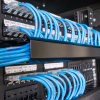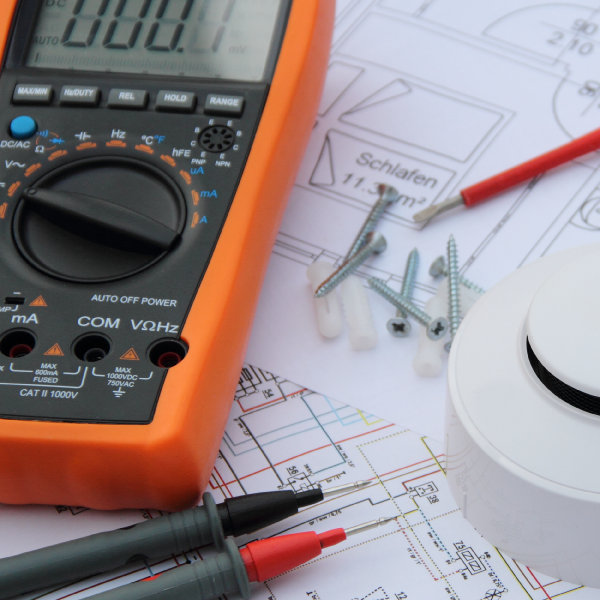- Licensing Training
- Earn CEUS
- Career Programs
- Certifications
- Security Certifications
- Certified Alarm Technician (CAT) Level 1
- Certified Video Systems Specialist (CVSS)
- Certified Video Technician (CVT)
- Certified Systems Integrator (CSI)
- Certified Alarm Technician (CAT) Level 2
- Certified Intrusion Technician (CIT) Level 2
- Certified Service Technician (CST)
- Certified Security Systems Integrator (CSSI)
- Fire Certifications
- Sales Certifications
- Renew Your Certification
- Security Certifications
- About
- Contact Us
- Alabama
- Alaska
- Arizona
- Arkansas
- California
- Colorado
- Connecticut
- Delaware
- Florida
- Georgia
- Hawaii
- Idaho
- Illinois
- Indiana
- Iowa
- Kansas
- Kentucky
- Louisiana
- Maine
- Maryland
- Massachusetts
- Michigan
- Minnesota
- Mississippi
- Missouri
- Montana
- Nebraska
- Nevada
- New Hampshire
- New Jersey
- New Mexico
- New York
- North Carolina
- North Dakota
- Ohio
- Oklahoma
- Oregon
- Pennsylvania
- Rhode Island
- South Carolina
- South Dakota
- Tennessee
- Texas
- Utah
- Vermont
- Virginia
- Washington
- West Virginia
- Wisconsin
- Wyoming
- Licensing Training
- Earn CEUS
- Career Programs
- Certifications
- Security Certifications
- Certified Alarm Technician (CAT) Level 1
- Certified Video Systems Specialist (CVSS)
- Certified Video Technician (CVT)
- Certified Systems Integrator (CSI)
- Certified Alarm Technician (CAT) Level 2
- Certified Intrusion Technician (CIT) Level 2
- Certified Service Technician (CST)
- Certified Security Systems Integrator (CSSI)
- Fire Certifications
- Sales Certifications
- Renew Your Certification
- Security Certifications
- About
- Contact Us
- Core Courses
- Printed Course Material Add-Ons
- Assessments
- Class Templates
- Group Products
- Uncategorized
- Continuing Education Courses
- ESA Fire Certifications
- ESA Security Certifications
- Certified Alarm Technician - Level I
- Certified Alarm Technician (CAT) Level II
- Certified Intrusion Technician (CIT) Level II
- Certified Security Systems Integrator (CSSI)
- Certified Service Technician (CST)
- Certified Systems Integrator (CSI)
- Certified Video Systems Specialist (CVSS)
- Certified Video Technician (CVT)
- ESA Sales Certifications
- States
- Alabama
- Alaska
- Arizona
- Arkansas
- California
- Colorado
- Connecticut
- Delaware
- Florida
- Georgia - Cobb County
- Hawaii
- Idaho
- Illinois
- Indiana
- Iowa
- Kansas - City of Wichita/Sedgwick County
- Kentucky - Louisville
- Louisiana
- Maine
- Maryland
- Massachusetts
- Michigan
- Minnesota
- Mississippi
- Missouri - St. Louis County
- Montana
- Nebraska
- Nevada
- New Hampshire
- New Jersey
- New Mexico
- New York
- North Carolina
- North Dakota
- Ohio
- Oklahoma
- Oregon
- Pennsylvania
- Rhode Island
- South Carolina
- South Dakota
- Tennessee
- Texas
- Utah
- Vermont
- Virginia
- West Virginia
- Wisconsin
- Wyoming
- Washington
- Course Format
Troubleshooting Fire Alarm Devices
$35.00

This course provides students an overview of fire controls, powered devices and non-powered devices in fire alarm devices.
After completing this course you will be able to:
- Explain the components of a fire life safety alarm system and how they interrelate
- Describe how to troubleshoot fire panels, NAC, power supplies and other components of a system
- Identify how to troubleshoot powered and non-powered devices typical to a fire life safety alarm system
Topics Explored
Fire Panel Components
- Fire Components
- Power Supplies
- Zone Cards
- Notification Appliance Circuit
- Multiplexing modules troubleshooting
- NAC troubleshooting
- Graphical User Interface
- GUI Troubleshooting
- Remote Annunciators Troubleshooting
Powered Devices
- Ionization Smoke Detector Functionality
- Troubleshooting Ionization Detectors
- Photoelectric Beam Smoke Detectors
- Troubleshooting photoelectric beam smoke detectors
- Photoelectric smoke detector
- Troubleshooting photoelectric smoke detector
- Ultraviolet (UV) flame detectors
- UV detector response
- Infrared (IR) flame detectors
- IR detector restrictions
- Combination IR UV flame detectors
- Troubleshooting IR UV flame detectors
- Duct smoke detectors
- Troubleshooting duct smoke detectors
- Video fire detection
Non-Powered Devices
- Fixed Temperature Heat Detectors
- Troubleshooting Fixed Temperature Heat Detectors
- Rate of Rise
- Unwanted Alarms
- Failure to Generate an Alarm
- Heat Detector Ratings
- Rate Compensation Heat Detectors
- Linear Heat Detection: Electronic Pneumatic
- Troubleshooting Linear Heat Detection: Electronic Pneumatic
- Troubleshooting Heat Cable
- Pull Stations
- Troubleshooting Pull Stations
- Flow Switches
- Troubleshooting Flow Switches
- 3 types of Valves
- Wall Indicator Valve switches
- Post Indicator Valve switches
- Open Stem and Yoke switches
- Inspectors Test Valve
What to expect in this course: The presentation includes text, audio, graphics, videos and activities to help you absorb the information presented. This course has a short quiz at the end, which you will be required to pass with a 70% or greater to complete the course.
State Approvals/Recognition
State approvals, include:
AK-CBPL, Sponsor No 16207
AL-Alabama Electronic Security Board of Licensure (AESBL)
CA-Approved through WBFAA. Must submit through WBFAA, conversion fees apply.
LA-Louisiana Office of the State Fire Marshal: Life Safety & Property Protection Advisory Board (LSPPA)
KY – Louisville-Louisville Metro Police Department (LMPD)
MS-Mississippi Office of the State Fire Marshal: Electronic Protection Systems Division
TX-Texas Department of Public Safety: Private Security Bureau (TX DPS-PSB)
WA-State Department of Labor & Industries – Electrical Board. IMPORTANT: To get credit for this course in WA, it must be taken as part of the following bundle: Troubleshooting, Service, and Maintenance CEU Series
Online Courses:
If the student has completed less than ¼ of the course and a request is made to cancel, a refund is available less a 25% administrative fee. Students may choose to transfer their funds to another ESA/NTS provided course if less than ¼ the course has been completed. Transfers will not be issued until the class materials, including the course manual, is returned in like new condition to ESA/NTS. Fund transfers cannot be made to non-ESA/NTS courses due to the varied payment terms established by the Training Providers. Cancellation requests made beyond one-quarter through the course will not be refunded or transferred. Refunds should be expected within thirty days of receipt of returned materials.Live In-Person and Virtual Courses
Provider Cancellation Policy: Training Providers may cancel a class with at least 5 calendar days’ notice to pre-registered students. Classes may be cancelled without advance notice due to weather conditions or other unforeseeable emergencies. The Training Coordinator determines the conditions that constitute an emergency. All monies paid to the Training Provider for a class that is cancelled shall be fully refunded within 14 business days of the cancellation notice. Students may choose to have their monies credited towards another scheduled class. Students should contact the Training Provider for additional terms and conditions regarding their refund policy. Student Cancellation Policy: If a student cancels an ESA National Training School course more than seven days prior to the class, a refund, less a 25% administrative fee, will be issued. In lieu of canceling, a student can opt to transfer their funds to a future course. There are no refunds or transfers permitted within seven days before the class.$35.00

$35.00





